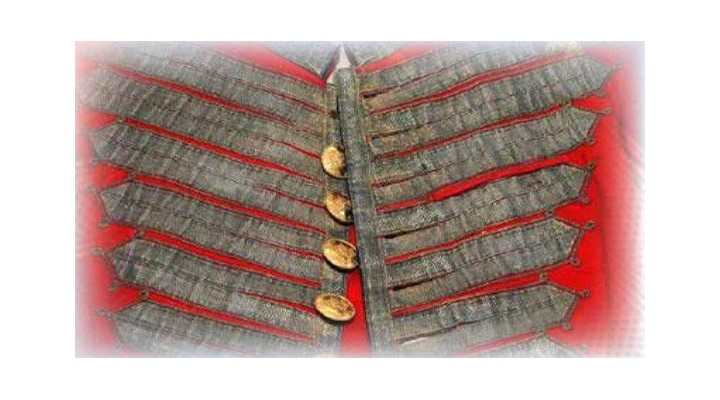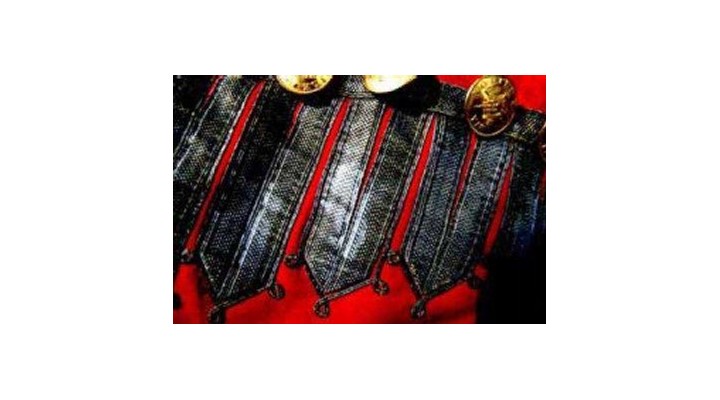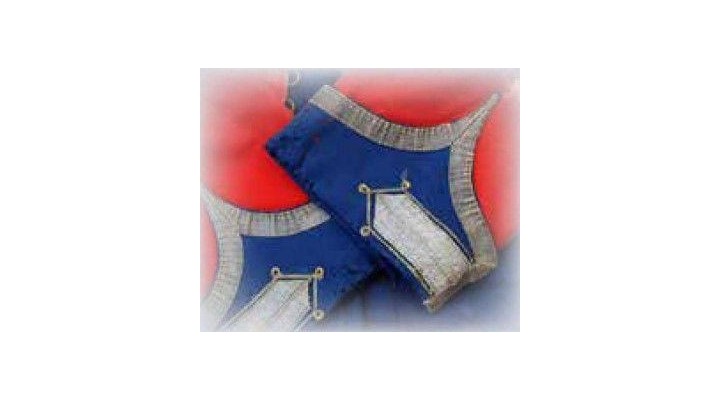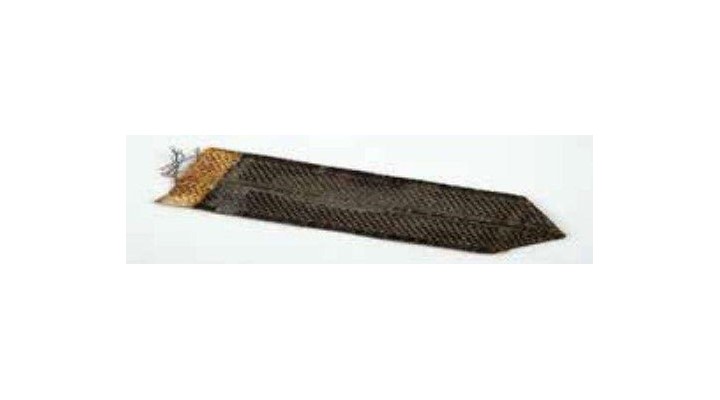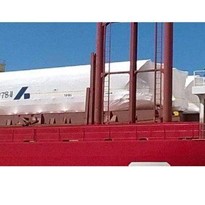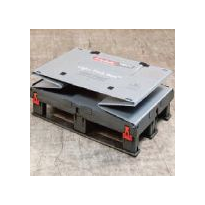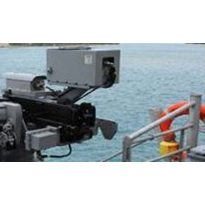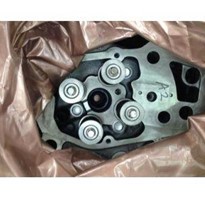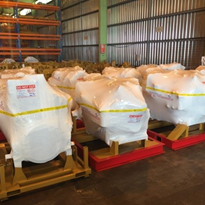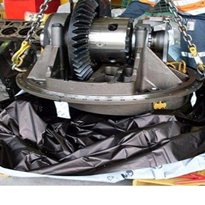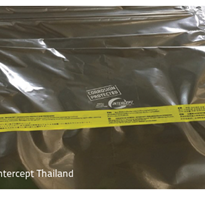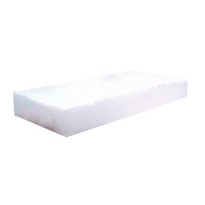Textile conservator Rinske Car o the Denmark River Textile Conversation Studio (WA) in conjunction with Dr Ian D MacLeod Fellow, Western Australian Museum - have conducted a two (2+) year Intercept preservation trial on a Papal Guard Jacket belonging to a local Australian community museum.
Dr Macleod presented a Poster on his fining at the recent Metal 2019 Conference in Switzerland that explained how many historic composite textiles are too fragile to be immersed in a chemical treatment bath. Other textiles have fugitive colours so cannot be washed. In addition there was little curatorial appetite to support the wet treatment methods, and laser cleaning and chemical stripping were deemed inappropriate or cost prohibitive for many textile collections.
Close inspections of the object, using an electronic microscope (SEM), shows mobilisation of the silver sulphide from the surface and the thicker layers deeper inside the structure are apparently thinning out. Metallic braid removed from the treated jacket, after 2 years passively stored in an Intercept copper bag, has shown a massive reduction of silver sulphide on the gilded silver braid and circumvented the need for any wet or chemical cleaning procedure. It seems almost hard to believe that what was once considered an irreversible process is now being "magically" transformed and the sulphide ions are effectively migrating in the bag to react with the copper to form copper sulphide, which is much more stable than silver sulphide.
METHOD
There was clear evidence of multiple layers of Ag2S removal using Silvo polish. Bulk grey-white Silvo residues were removed by washing in 90% ethanol with a non-ionic museum detergent as surfactant, since they were insoluble in warm soapy water. Removal of a test section of metal braid on the right cuff showed that the un-polished hidden surfaces were gilded silver-copper wire. The removed braid was treated using the standard dithionite method3 to act as a reference for Ag2S removal.
CONCLUSIONS & FUTURE DIRECTIONS
Copper particles embedded in the polyethylene of the Intercept bags is effective at slowly converting surface Ag2S to Cu2S inside the bag. The Cu2S is twice as stable as silver sulohide and this energy is the driving force for the reaction. The mechanism appears to be driven by La Chateliere's principal of continuous displacement of a reactant from an equilibrium mixture, bringing about a metathetical decomposition of silver sulphide to copper sulphide. being a solid-state reaction the change is naturally going to be slow.
The passive treatment of composite metal, silver and textile artefacts provides two major advantages for the effective conversation management of military and ecclesiastical collections. When typical exhibition schedules involve several years between conception and fruition, the re-packing of military uniforms and vestments into Intercept bags is a sound procedure as it will remove the sulphide corroded tarnished layers and also provide an insect-proof storage microenvironment.


